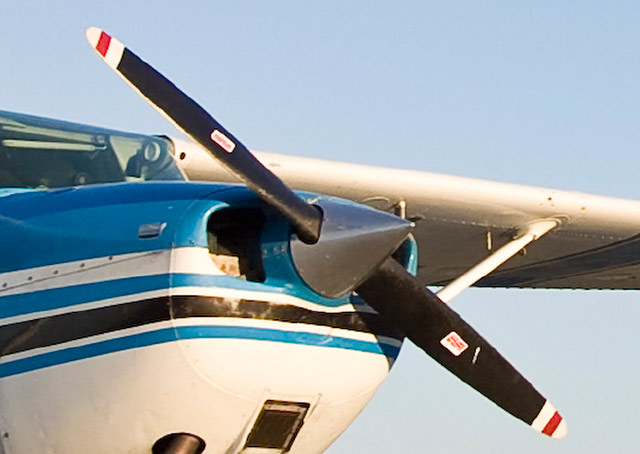
The preflight inspection is complete. You are about to run the engine-start checklist when you observe two adults and a child walking along the flight line, the grown-ups carrying baggage and engaged in animated conversation.
Hard to know, as they pass in front of your aircraft, whether they are aware of your presence. Fortunately you learned to keep a wary eye out for pedestrians on this busy ramp, which is even busier now with transient aircraft bearing holiday travelers.
Exercising your responsibility for ensuring the safety of passengers and bystanders is demonstrated in several practical test tasks, but it is only your continuing alertness that keeps operations safe in other scenarios.
The most familiar example of flight-safety management is the mandate of 14 CFR 91.107, the regulation that prohibits takeoff “unless the pilot in command of that aircraft ensures that each person on board is briefed on how to fasten and unfasten that person's safety belt and, if installed, shoulder harness.” The rule also prohibits aircraft surface movement, takeoff, or landing unless the pilot in command “ensures that each person on board has been notified to fasten his or her safety belt and, if installed, his or her shoulder harness.”
Don’t end your safety watch there. Another practical test requirement is for the pilot to position the airplane for engine start by properly “considering structures, surface conditions, other aircraft, and the safety of nearby persons and property.” (Had you met this standard before the three pedestrians appeared in front of your soon-to-be-rotating propeller?)
Putting yourself in their place, it would have been helpful for their pilot to have acted as their escort/protector—not just a fine conversationalist—as they made their way across the ramp. On arrival at the aircraft, keep your guests safe during the preflight inspection—for example, no posing for pictures with hands on the prop—while you attend, undistracted, to preflight duties.
Maintain the sterile cockpit rule at the appropriate times of your flight. Explain to your passenger what it is and when it will be in effect.
Never ask a nonpilot passenger to handle a pilot-level function. Persons have been injured, aircraft damaged, and bystanders put at risk when pilots who were unable to achieve engine start relied on passengers to apply the aircraft brakes during hand-propping attempts, only to have the aircraft begin to roll without a qualified person at the controls.



